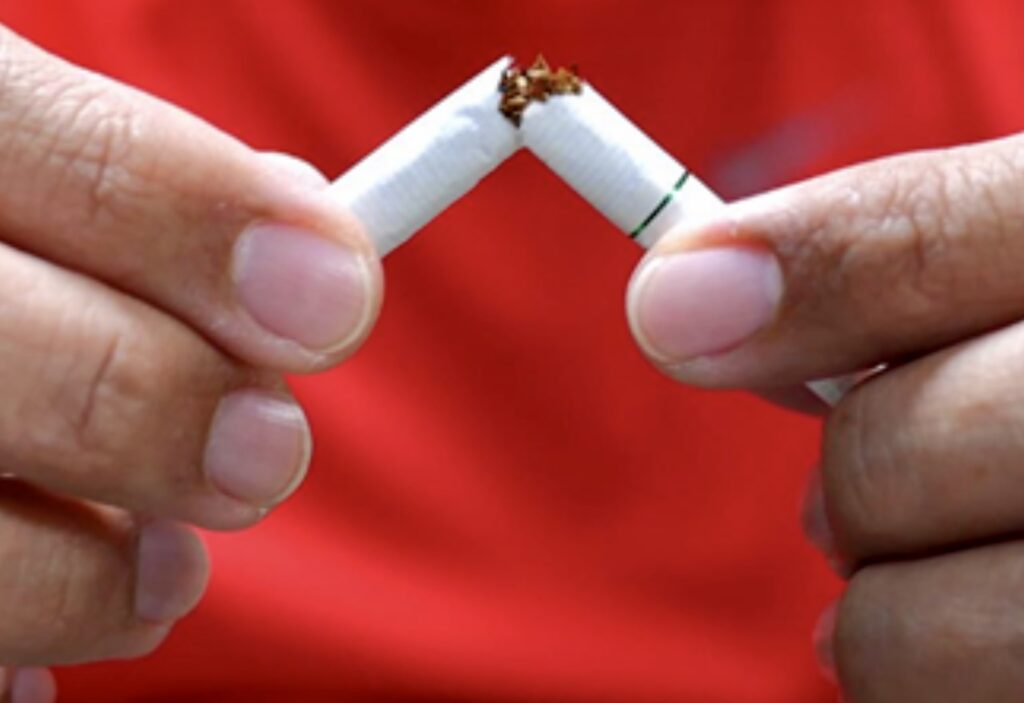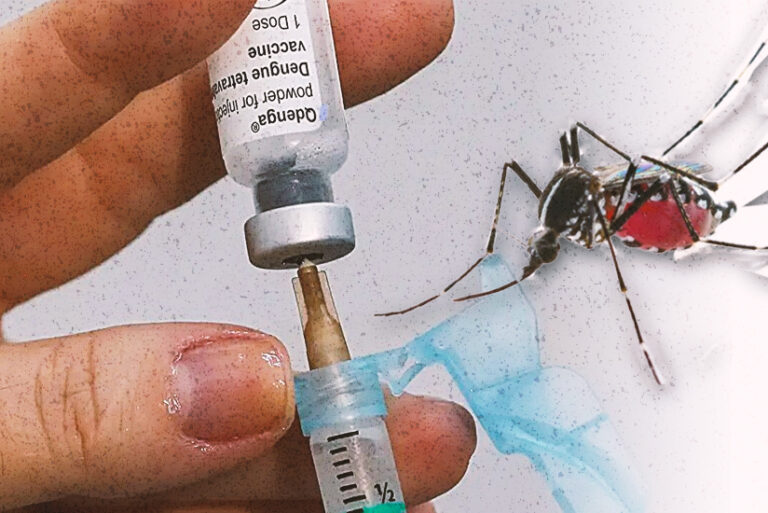By Evangeline T. Capuno
Smoking causes cancer, heart disease, lung diseases, diabetes, and chronic obstructive pulmonary disease (COPD), which includes emphysema and chronic bronchitis, according to the US Centers for Disease Control and Prevention (CDC).
That’s not all you get by putting that tobacco smoke in your mouth for years. “Smoking also increases risk for tuberculosis, certain eye diseases, and problems of the immune system, including rheumatoid arthritis,” the CDC added.
Now, a new briefing unveils that quitting smoking can lower the risk of developing type 2 diabetes by as much as 30-40%.
“Quitting smoking not only reduces the risk of developing type 2 diabetes but also substantially improves the management and reduces the risk of diabetes complications,” said the briefing jointly developed by the World Health Organization (WHO), the International Diabetes Federation (IDF) and the University of Newcastle.
“(We) strongly encourage people to stop smoking to reduce their risk of diabetes and, if they have diabetes, help avoid complications,” urges Professor Akhtar Hussain, IDF president in a press statement.
There are two types of diabetes. Type 1 diabetes (previously known as insulin-dependent, juvenile, or childhood-onset) is characterized by deficient insulin production and requires daily administration of insulin.
Type 2 diabetes affects how your body uses sugar (glucose) for energy. “It stops the body from using insulin properly, which can lead to high levels of blood sugar if not treated,” the World Health Organization (WHO) said. “Over time, type 2 diabetes can cause serious damage to the body, especially nerves and blood vessels.”

Both types of diabetes can lead to complications in many parts of the body and increase the overall risk of dying prematurely. Possible complications include heart attack, stroke, kidney failure, leg amputation (because of infected, non-healing foot ulcers), vision loss, and nerve damage.
Lifestyle changes are the best way to prevent or delay the onset of type 2 diabetes, the WHO said.
To help prevent type 2 diabetes and its complications, the WHO suggests doing the following: reach and keep a healthy body weight, stay physically active with at least 30 minutes of moderate exercise each day, eat a healthy diet and avoid sugar and saturated fat, and not smoke tobacco.
On how smoking can lead to type 2 diabetes, the CDC gives this explanation. It all starts with insulin, an essential hormone. Insulin helps your body turn food into energy and controls your blood sugar levels.
“Insulin helps blood sugar enter cells, but nicotine changes cells so they don’t respond to insulin, which increases blood sugar levels,” the CDC explains. “Chemicals in cigarettes harm cells in your body and cause inflammation. This also makes cells stop responding to insulin.”

According to the CDC, people who smoke have a higher risk of belly fat, which increases the risk for type 2 diabetes even if they aren’t overweight.
Touted to be a disease of industrialized countries, diabetes is now encroaching developing countries. In 2019, 3.9 million Filipinos – or one in 14 adults – were living with the disease. It’s been predicted that by 2030, the figure will balloon to 5.2 million. By 2045, the number of Filipinos with diabetes will be 7.2 million.
Most diabetes cases in the Philippines are type 2 diabetes, which accounts for more than 90% of all diabetes cases. However, there is a significant concern about the number of cases that go unnoticed.
Diabetes is the fourth leading cause of death – after heart diseases, cancer, and cerebrovascular diseases. In 2020, about 37,265 Filipinos died as a result of diabetes, as per data from the Philippine Statistics Authority showed.
Symptoms of diabetes may occur suddenly. In type 2 diabetes, the symptoms can be mild and may take years to be noticed, the WHO said.

Whichever type, the symptoms of diabetes include the following: feeling very thirsty, needing to urinate more often than usual, blurred vision, feeling tired, and losing weight unintentionally.
“Early diagnosis can be accomplished through relatively inexpensive testing of blood glucose,” the WHO said.
People with type 1 diabetes need insulin injections for survival. Some people with type 2 diabetes will need to take medicines to help manage their blood sugar levels. These can include insulin injections or other medicines.
“Along with medicines to lower blood sugar, people with diabetes often need medications to lower their blood pressure and stains to reduce the risk of complications,” the WHO said.
Of the two types, type 2 diabetes is largely preventable through proper nutrition and exercise. Quitting smoking is another recommendation.
“No matter how long you’ve smoked – or how much – quitting will help you get healthier,” the CDC pointed out. In fact, as soon as you stop smoking, your body starts healing itself:
· In 20 minutes, your heart rate and blood pressure drop.
· In 12 hours, carbon monoxide (a toxic gas from cigarette smoke) in your blood drops to normal.
· In 2 weeks to 3 months, your circulation and lung function improve.
· In a year, your risk for heart disease is half that of someone who still smokes.
“Quitting smoking also helps your body use insulin better, which can make your blood sugar levels easier to manage,” the CDC said. – ###








